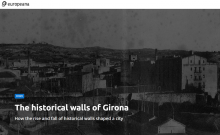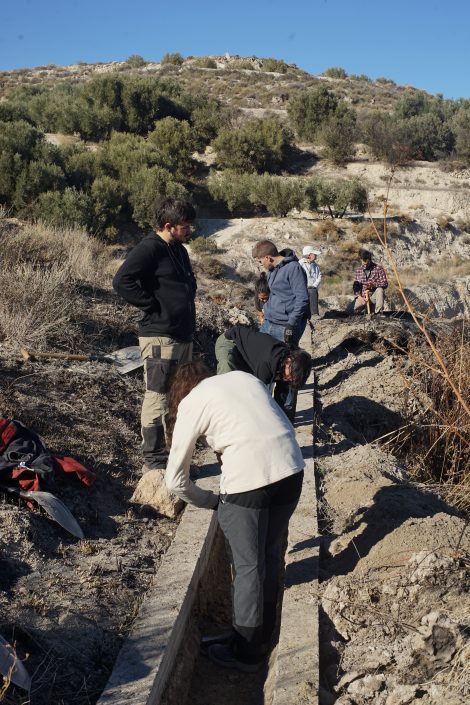 On 16 and 17 December 2023, one of the Andalusian irrigation channels was recovered in the municipality of Galera in Granada: the irrigation channel of La Alpanchía. This canal, probably built in the medieval Andalusian period, had a problem in its passage along the road, which caused it to fall into disuse for 6 years. The progressive abandonment of the irrigation channel itself and of the associated cultivation areas made it difficult to put it into operation. This abandonment was also causing the disappearance of a unique cultural landscape which is home to a great deal of traditional and ecological knowledge: the traditional fertile plains.
On 16 and 17 December 2023, one of the Andalusian irrigation channels was recovered in the municipality of Galera in Granada: the irrigation channel of La Alpanchía. This canal, probably built in the medieval Andalusian period, had a problem in its passage along the road, which caused it to fall into disuse for 6 years. The progressive abandonment of the irrigation channel itself and of the associated cultivation areas made it difficult to put it into operation. This abandonment was also causing the disappearance of a unique cultural landscape which is home to a great deal of traditional and ecological knowledge: the traditional fertile plains.
The initiative, carried out in the frame of the INCULTUM pilot, has been promoted by different entities: the PASOS | Participación Association and its project “Vegas de Conocimiento”, the University of Granada, represented by the MEMOLab – Biocultural Archaeology Laboratory, the Galera Town Council, the La Alpanchía Association, and the Irrigation Community of the River Orce, La Alpanchía and Carrachila.
In total, some 2.5 km of irrigation ditch have been recovered, returning water to this channel and to the adjoining cultivation areas. Seventy people took part, ranging from students of archaeology, history and politics to residents of neighboring municipalities. The recovery of these ditches is a tool for social intervention to strengthen the Irrigation Community and encourage the use of farmland, thus recovering the environmental services that this ditch had been providing before its abandonment.
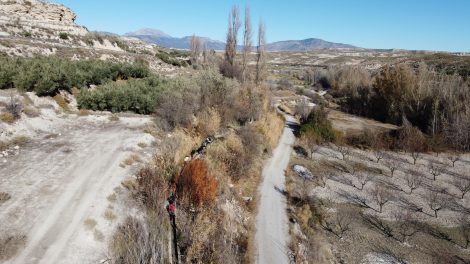
DCIM100MEDIADJI_0159.JPG
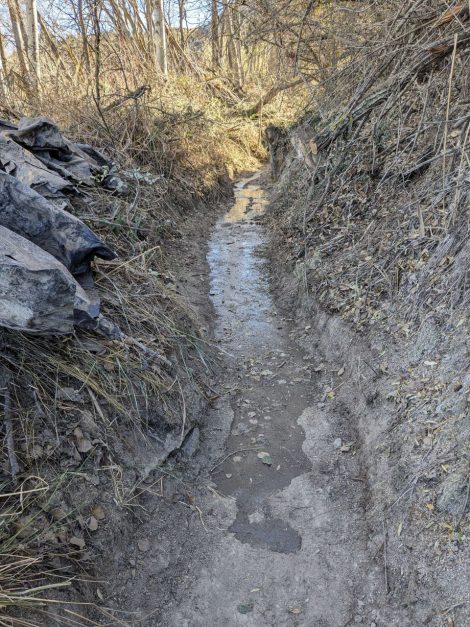


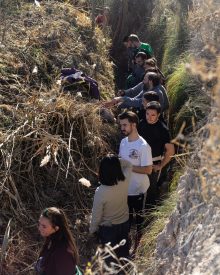

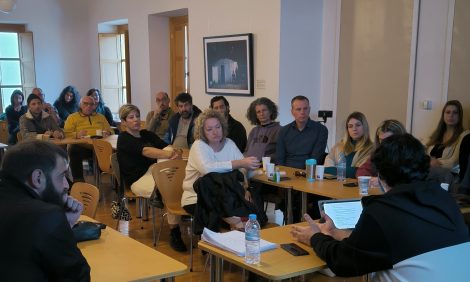
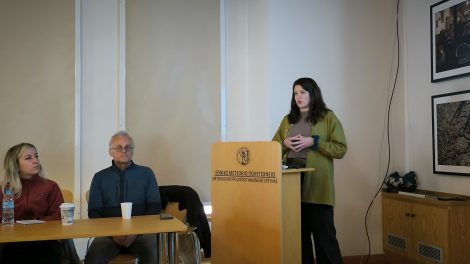
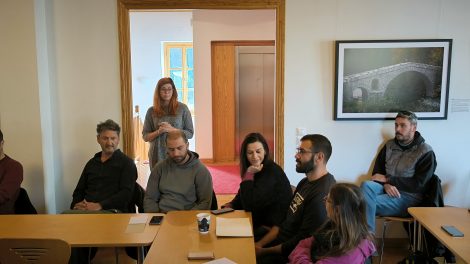
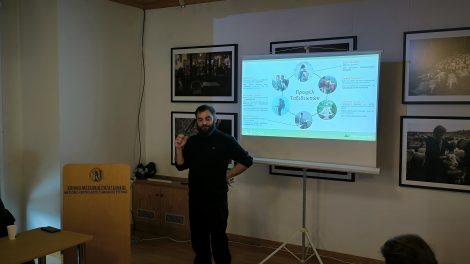
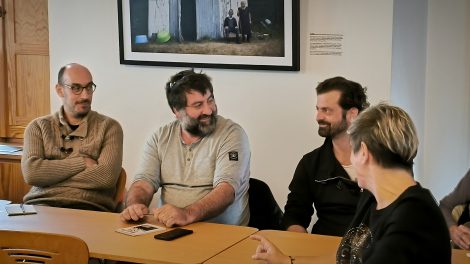
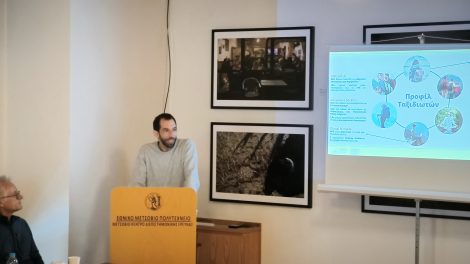
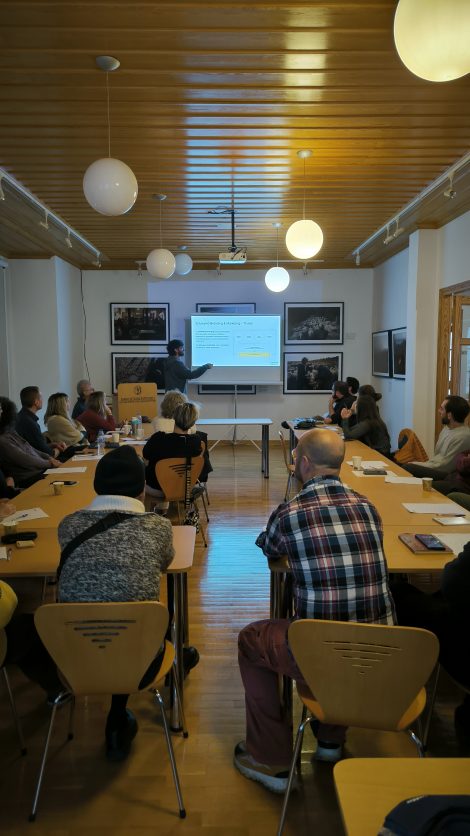
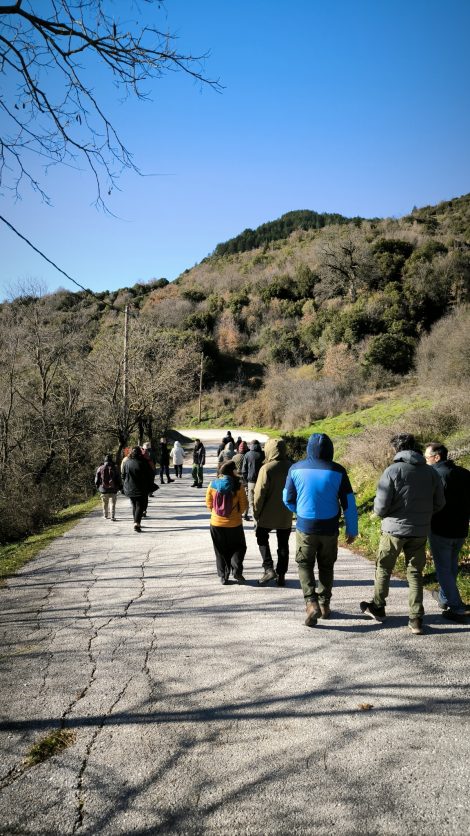
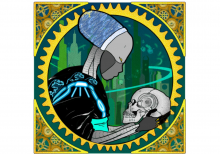
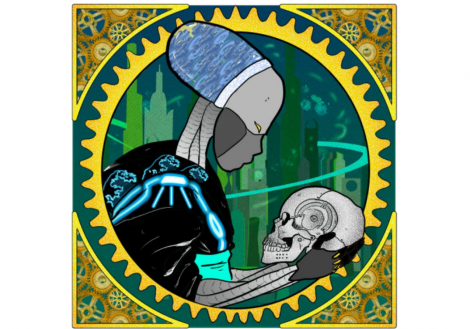
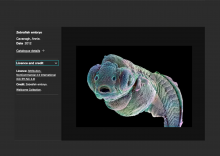
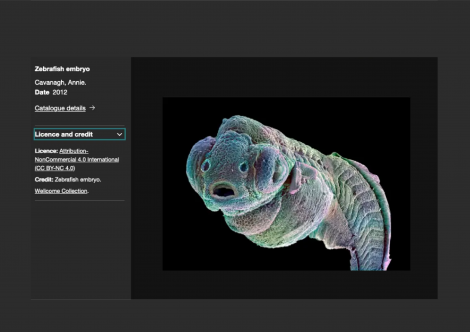
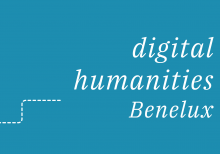
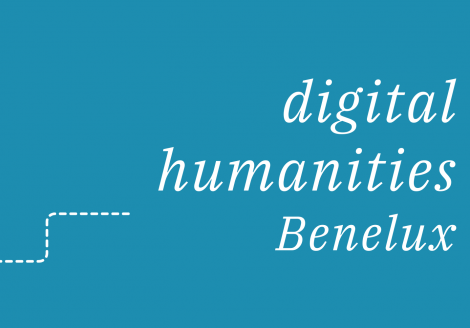
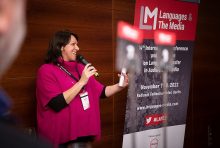
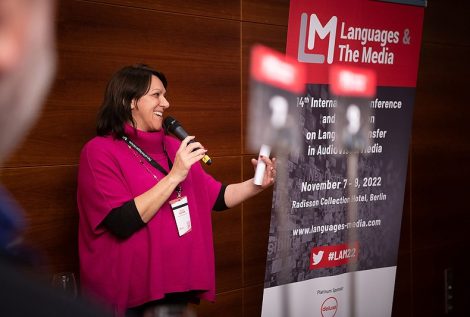
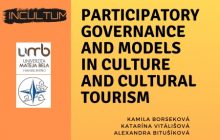
 Participatory Governance and Models in Culture and Cultural Tourism is the tile of the book that is now available for free
Participatory Governance and Models in Culture and Cultural Tourism is the tile of the book that is now available for free 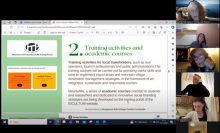
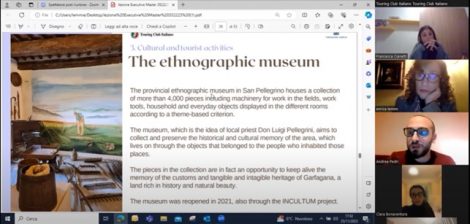
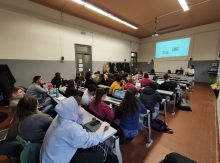
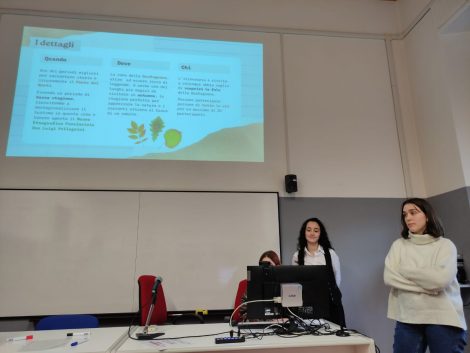
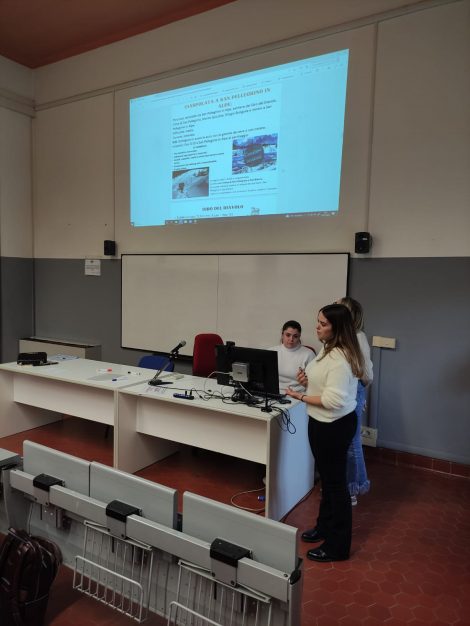

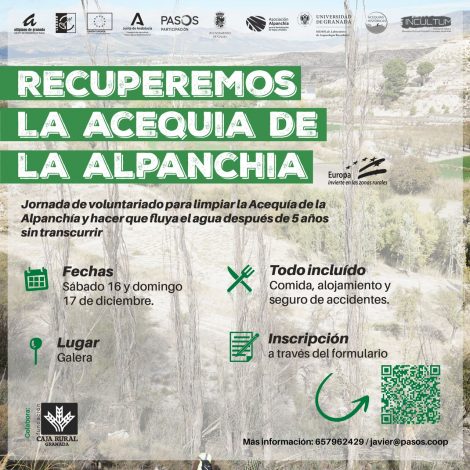 As part of the
As part of the 



























